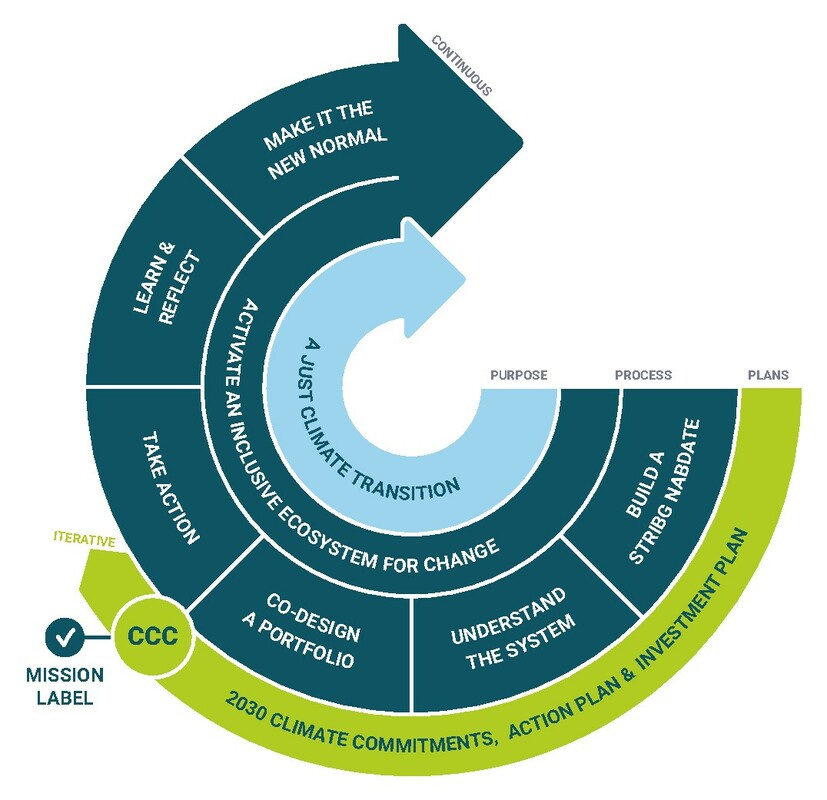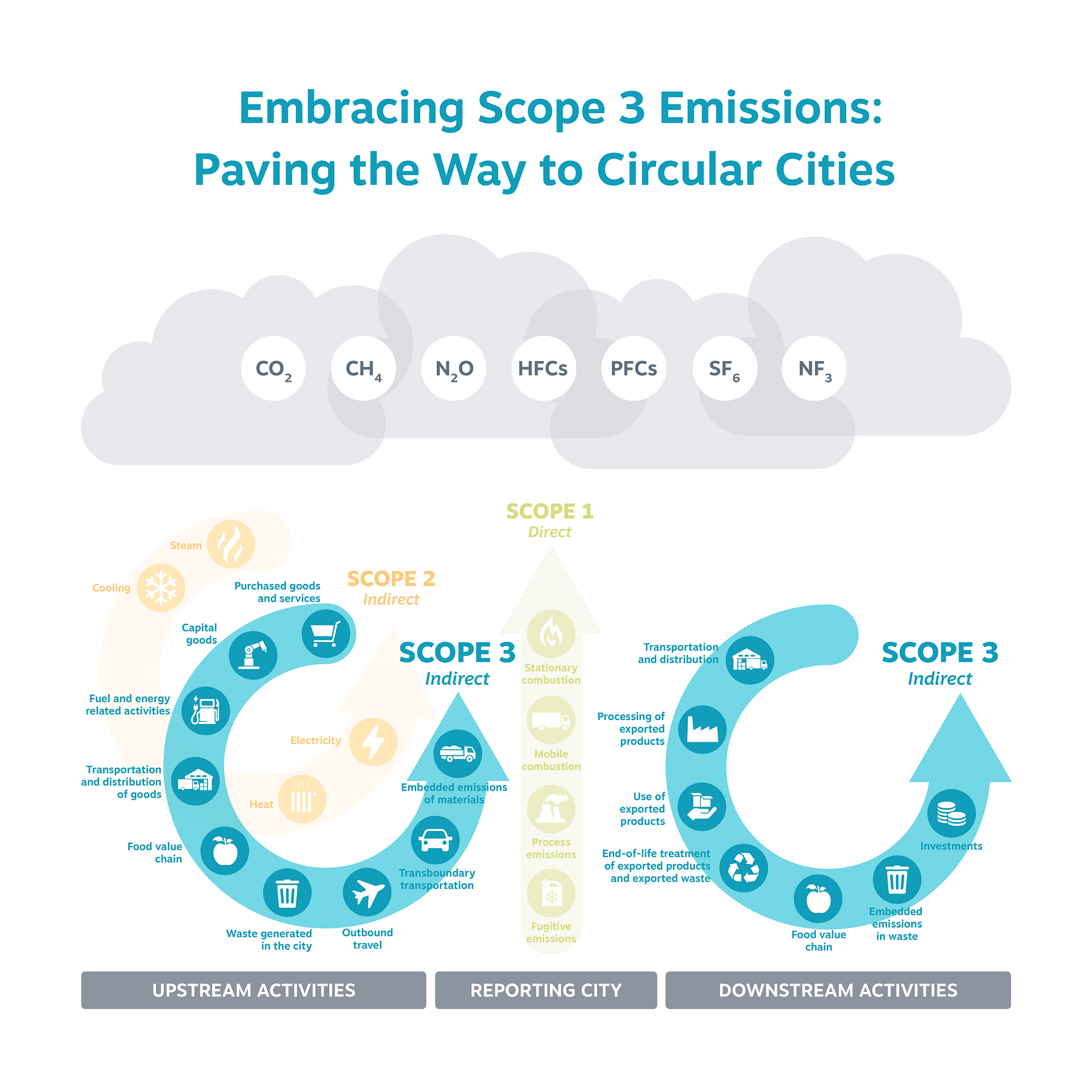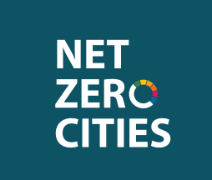NetZeroCities
NetZeroCities supports cities in putting their climate ambitions into action.
Through NetZeroCities, a four-year, EU-funded H2020 project, a consortium of partners is leading European cities’ transition to net-zero emissions by 2030. NetZeroCities brings together 33 partners from 13 countries to help cities overcome the current structural, institutional, and cultural barriers they face in order to achieve climate neutrality by 2030.
- Partners: TNO, VTT, Climate-KIC, Eurocities, ICLEI, Dark Matter Labs, DemSoc, AIT, CARTIF, LGI , Democratic society, Material Economics, South Pole, Tecnalia, Viable Cities, Climate Alliance, Rupprecht Consult, REGEA, Resilient Cities Network, Cerema, Politecnico Milano, EIT Urban Mobility, Bankers Without Borders, Politecnica, UITP, Fraunhofer, Energy Cities, ERRIN, DEMOS Helsinki, Open & Agile Smart Cities, Frankfurt School of Finance & Management, Institute for European Environmental Policy, TALTECH, FinEst Centre
- Clients: EU Horizon 2020
- Date: October 2021 – October 2025
Cities are the biggest emitters in the world
Rising global temperatures have costly consequences on cities’ basic services, infrastructure, housing, human livelihoods, and health. At the same time, cities account for more than 70% of the total global CO2 emissions and are home to 75% of all EU citizens.
Activating cities to pioneer innovative practices for the world
Cities are also centers of knowledge generation, economic activity, new technologies, and innovation. Cities are therefore in a prime position to pioneer new practices for the world that could contribute to the reduction of greenhouse gas emissions. NetZeroCities works as a service-oriented platform supported by world-class practitioners to help cities overcome the current institutional, cultural, and structural challenges they face in order to achieve climate neutrality by 2030.
An international support system to create climate-resilient cities
Through the new online NetZeroCities portal, 112 “Mission Cities” can access a library/knowledge repository, back-end systems for data management, and peer-to-peer collaboration spaces. The portal will also show each city’s progress through an overview of its greenhouse gas (GHG) emissions:
- Scope 1: emissions happening within a city’s boundaries;
- Scope 2: emissions linked to grid-supplied energy;
- Scope 3: out-of-boundary emissions created in relation to waste.
All cities were appointed a City Advisor responsible for connecting the dots between people, expertise, and resources. They conducted a Support Needs Assessment Process (SNAP) with the cities to better grasp where cities most need support and advice. Additionally, 53 pilot cities receive closer attention and support through a series of bootcamps and workshops.
The interactive Climate Transition Map allows users to dig deeper into the different phases of the climate neutrality journey. Developed by NetZeroCities, this tool is a step-by-step guide that may also be useful to any city interested in taking ambitious climate action. Users can click through the steps of the journey, and pop-ups offer visuals and text on each of the phases of the climate transition.
Cities and Scope 3/Consumption-based emissions
As part of the NetZeroCities initiative, Metabolic Institute has developed greenhouse gas indicators for cities, focusing on scope 1, scope 2, and scope 3 (for the latter, we focused specifically on scope 3 indicators for waste). For a complete picture of their emissions, cities should also monitor their “consumption-based emissions” (CBE); these represent a substantial part of their total amount of emissions.
“When considering C40 cities’ consumption-based emissions, mayors, businesses, and urban residents can influence an approximately 60% larger share of global GHG emissions than previously thought.” – A 2019 study by C40 cities, ARUP, and University of Leeds.
The terms “scope 3” and “consumption-based” emissions are often used interchangeably, but they do not represent the same type of emissions. “Scope 3” refers to emissions that occur outside of a city as a result of activities that happen within the city’s boundaries. This includes emissions from waste and wastewater processing that take place outside the city limits, but not emissions from a city’s residents that occur outside the city, like when a resident buys clothes in a different city. This is measured by “consumption-based emissions” (CBE). CBE considers the overall impact of a city’s consumption choices, whether these activities take place inside or outside of the city.
Monitoring consumption-based emissions is key to helping cities fully understand their impact, implementing comprehensive mitigation measures, and realizing climate impact.








“We use our tools and global network to scout the innovative businesses that offer high-value R-solutions to the most urgent innovation gaps in the textile chain. Metabolic has captured these innovation gaps in its recently launched report, which introduces the Vision and Theory of Change for a circular and regenerative textile chain.”
-Manon Klein, director of Impact Hub Amsterdam






